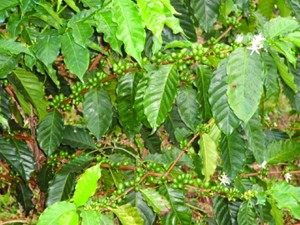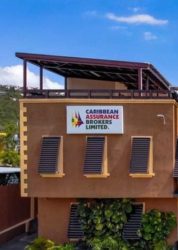Friday, 1st November 2013 | Friday’s trading in the foreign exchange market resulted in the equivalent of US$29,913,501 being purchased by dealers and $32,143,784 being sold.
Trading in US dollars saw more selling than buying with buying amounting to US$26,390.820 at an average rate of $104.64, up 32 cents and US$29,771,104 being sold at $105.14, up 9 cents for the day. C$1,500,625 was bought down 10 cents to end at $99.65 and C$910,603 was sold at $100.96 down by 14 cents. £1,176,225 was purchased resulting in a fall of $2.61 at $166.14 and £771.827 was sold at $169.13 down $2.45.
 The highest buying rate for the US dollar was unchanged at $106.00, as well as the lowest which was unchanged at $85.34; the highest selling rate increased by 6 cents to $109.41 and the lowest remained $102.
The highest buying rate for the US dollar was unchanged at $106.00, as well as the lowest which was unchanged at $85.34; the highest selling rate increased by 6 cents to $109.41 and the lowest remained $102.
The highest buying rate for the Canadian dollar was 25 cents up at $101.90 the lowest as unchanged at $80.01 while the highest selling was 69 cent down at $103.31 as the lowest moved up 15 cents to $96.55.
 The British Pound went down to $170.50 at the highest buying rate and was down 21 cents for the lowest buying rate at $135; selling was $2.71 lower at $171.59 for the highest selling rate and down 25 cents for the lowest at $162.65.
The British Pound went down to $170.50 at the highest buying rate and was down 21 cents for the lowest buying rate at $135; selling was $2.71 lower at $171.59 for the highest selling rate and down 25 cents for the lowest at $162.65.
Image courtesy of Marcus/FreeDigitalPhotos.net







